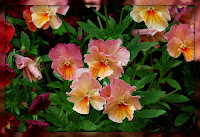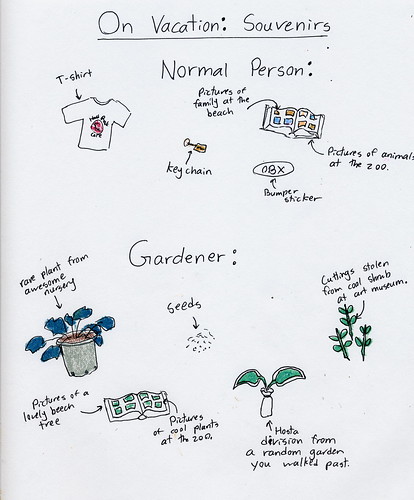
I learned to garden as a teenager by trail and error. Mostly error. But one early success came when I grew some violas from seed. A mix of colors, they flowered in the spring, limped through the summer, perked up in the fall. They grew and flowered, and I was delighted. Not dying was all I asked of plants.
But imagine my delight when they reappeared the next spring, not just not dead, but accompanied by a carpet of self-sown children. Given my garden budget at the time consisted of about $10 a month I greeted these free and effortless plants enthusiastically. Once they began flowering, I was amazed to discover each was different. Different colors, bicolors, tricolors, some with whiskers, some without, big flowers, small flowers. I picked my favorites, pulled out the ones I liked less, and next year up sprang the children of the favorites I had picked the year before.

Each year the seedlings arrived healthier and more vigorous as natural selection picked the ones best adapted to my conditions, and each year I liked the colors more and more as my personal selection saved only the ones I liked best. I realized, with pleasure and pride, that what I now had was my very own strain of violas, uniquely adapted to my garden and my tastes -- created not with deep skill and expertise, but as a novice gardener who wasn't sure of the difference between an annual and perennial.
I subsequently lost that strain of violas (time spent over seas, most of the seeds saved mislaid during moves, and those I retained suffering an sad death during a bleak gardenless period living in an apartment) but I was reminded of that lovely, personal, serendipitous strain of violas by
this comment about marigolds on Garden Rant. I wish I had seeds from that original strain, but it is never to late to do it again.
So I'm buying a lot of violas this fall. I'm going to plant them all over the garden, then wait for seedlings, and allow a new strain of MY violas to emerge.
Photos from flickr by:
tapsphotos,
Just Neva, and
Joyeux artiste.
My new camera should be arriving later this week!





















